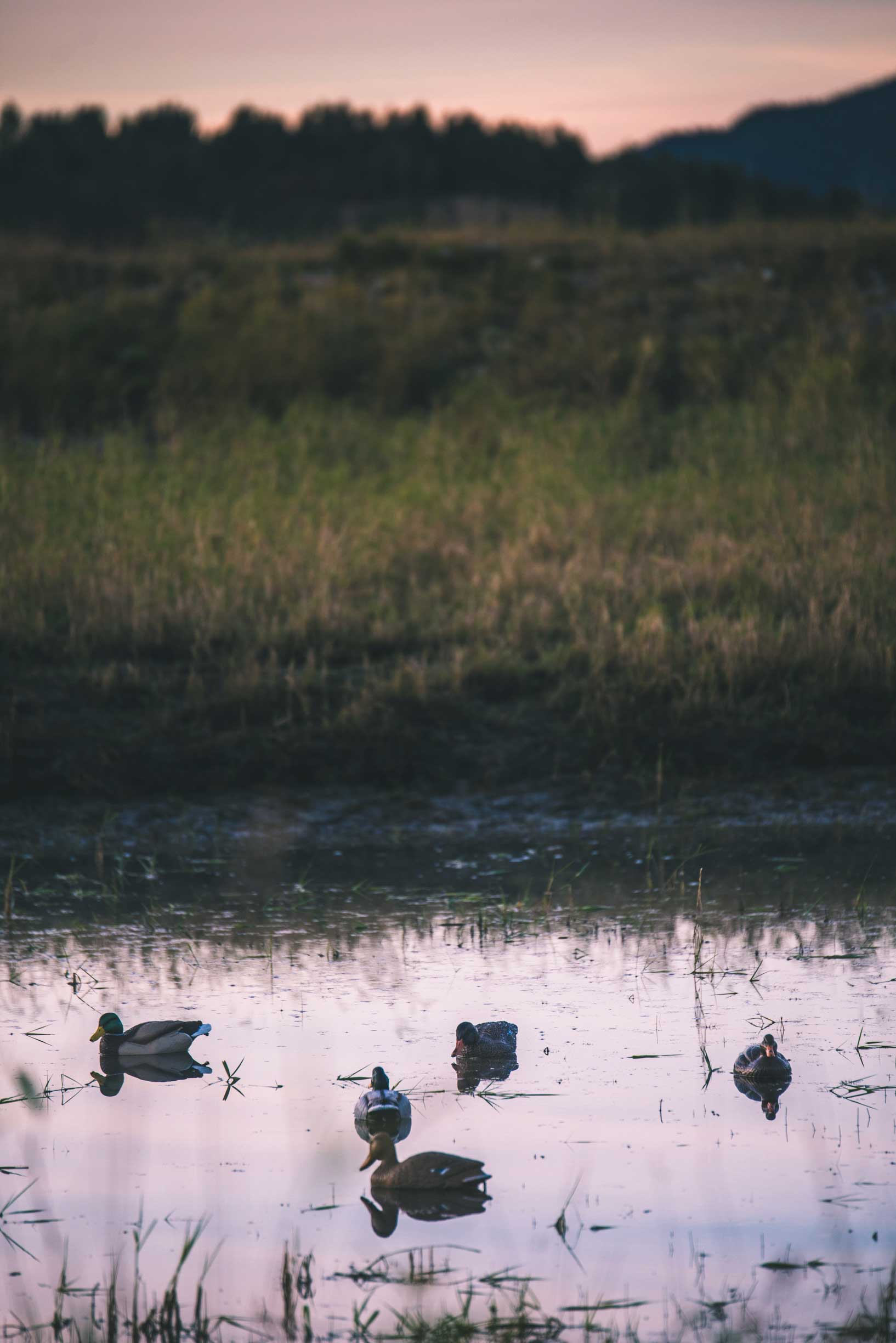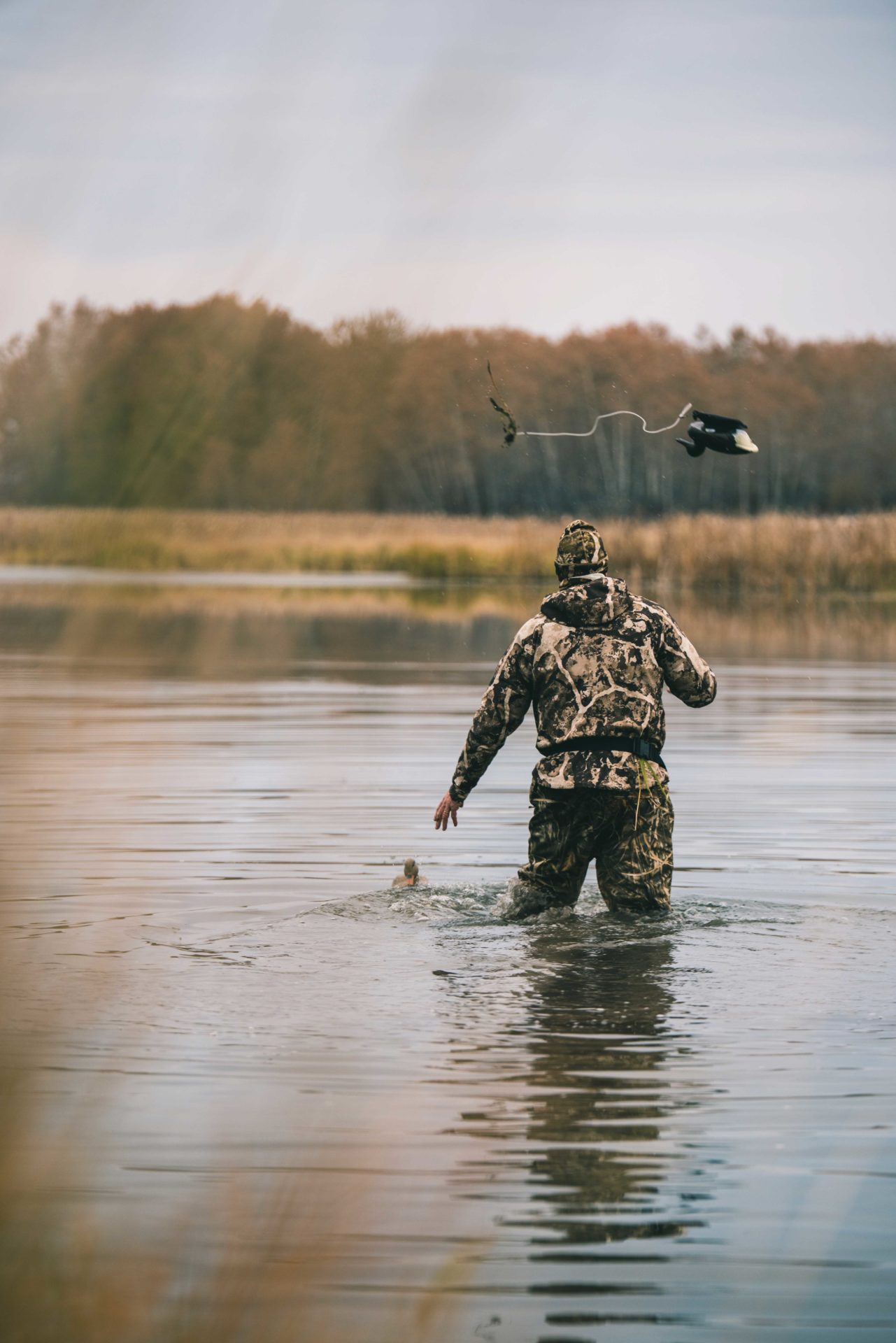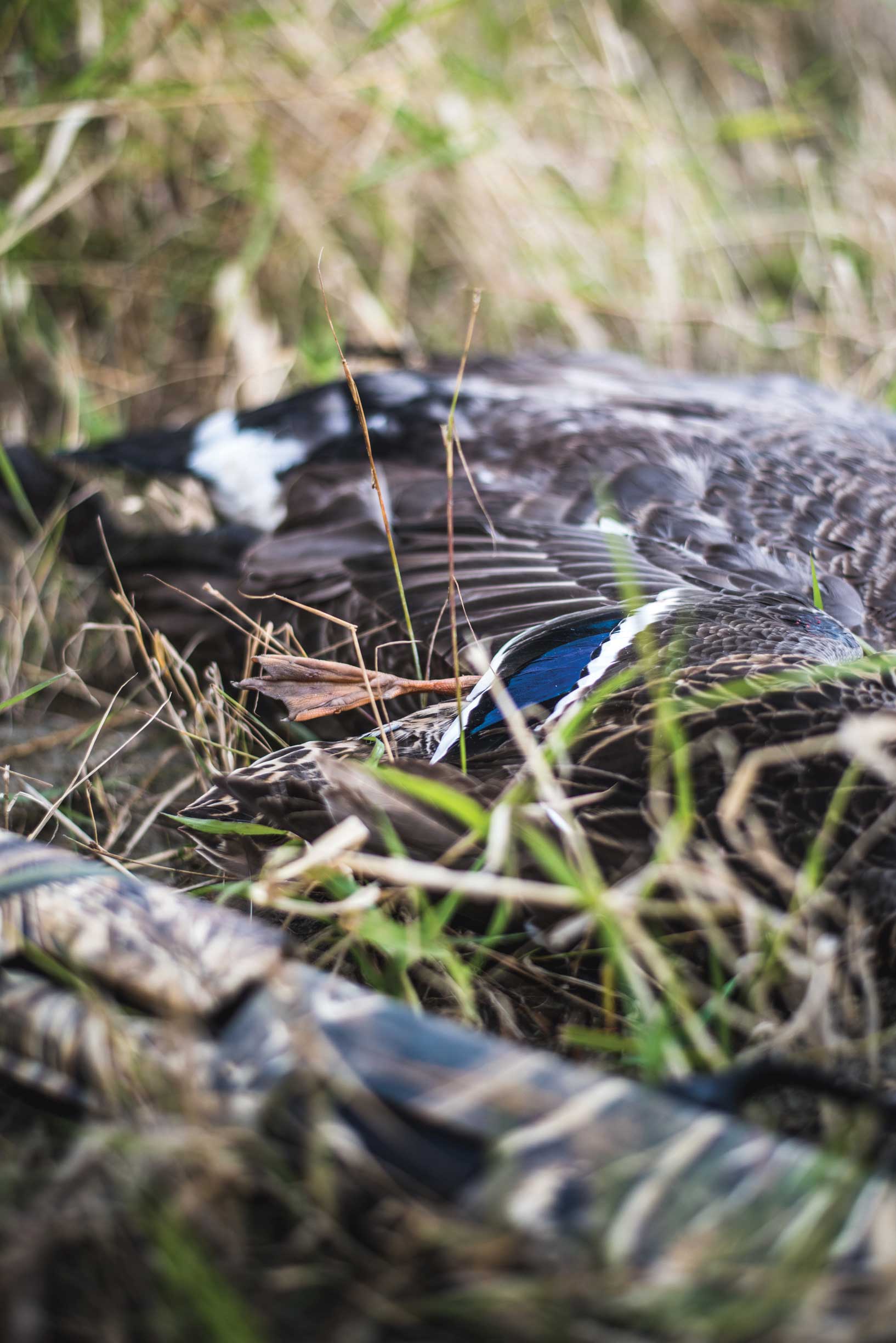Given the option of having a freezer full of elk and whitetail or a freezer full of duck, I will choose the latter every time. With populations on the rise nationwide, waterfowling offers ample hunting opportunities and long seasons, making waterfowl hunting a serious rival to big game hunting. And where big game hunting may seem like an intimidating activity to break into, waterfowl hunting provides one of the best ways to test the waters.
Advertisement

Whether you are new or a veteran hunter, a few basic pieces of gear will make your first waterfowl hunt successful:
Hunting Licenses: Along with your annual BC hunting license, you will need to purchase a Federal Migratory Bird Hunting Permit.
Advertisement
Shotgun: A 12, 16 or 20-gauge shotgun will work just fine, but a 12 gauge with interchangeable chokes is ideal. There is no need to spend a lot on your first duck shotgun. Whatever gauge you choose, practice with your shotgun before your hunt. Hone your shooting skills at a range, or you can pick up an inexpensive hand chucker and shoot a few clay pigeons. Ducks are a lot harder to hit than you would think, but you will get good at it with practice. A camouflage wrap works great to take the shine off your shotgun. (Ducks don’t like shiny things!)
Camouflage: Birds can see colour, so your camouflage clothing should match the colour of the surrounding wetland or field. If you don’t have camouflage, solid, drab earthy colours will work too.
Advertisement
Shotgun Shells: Make sure you buy steel shot; lead shot is illegal for hunting waterfowl. The best do-everything shell is a two-and-three-quarter-inch with No. 2 shot. You will be able to use it on everything from small teals to big Canada geese.
Blind: The easiest blind is hiding in the natural grasses and reeds that are already growing in the wetlands and fields. A homemade blind allows you to place yourself exactly where you want to set up and you can make a portable blind for a low cost. Prior to hunting season, collect grasses and reeds, sandwich them between chicken wire and zip tie closed. Make three six-foot to eight-foot long panels and fold them into 90 degrees. Stake them into the ground with old gold club handles. Use pruning shears to collect grass, then stuff in the top of your blind to give it a more natural, ragged look. Birds land into the wind, so make sure your blind or shooting location allows the wind to be at your back.
Seat: Whether you are sitting in a blind or just set up in the surrounding vegetation, a seat provides a comfortable hunt. Waterfowl hunting requires a lot of sitting and waiting, and sitting on the ground or in the mud is not only uncomfortable, but it is also awkward to stand up quickly and shoot. A five-gallon pail with a camouflage spray paint job makes a great seat. It is inexpensive, useful for carrying gear, and far better than sitting on the ground.
Duck Call: A call is a tool, not a noise maker. Do some research on common duck calls, what they mean and when to use them. Practice calling whenever/wherever you can. Practice makes you a more effective caller. Keep it simple and learn just one or two basic calls.
Decoys: Decoys aren’t essential, but they can give you an edge by tricking the birds to come in and land exactly where you want. Half a dozen to a dozen decoys is a great starting point. Place your decoys in a large semi-circle, opening away from you 20 to 30 yards downwind from your blind. If you don’t have decoys, sitting in a blind where birds are likely to pass by or land is a great tactic.

Kayak Or Boat: This isn’t essential, but it will really help, especially in retrieving downed birds in deeper water if you don’t have a dog.
So, you have your blind set up, decoys out and you’ve called in a flock of ducks. Now comes the hard part of shooting them. Wait until the birds are under 30 yards away, their wings are locked for landing and they are about to land. A duck that is about to land is a slower, easier target.

There is no shortage of places to hunt waterfowl in British Columbia. Most lakes, rivers and wetlands will hold ample numbers of birds. Ducks Unlimited Canada has hundreds of sites covering over 300,000 hectares of wetlands in BC that make fantastic waterfowl hunting spots as well. Agriculture fields are good places to hunt ducks and geese. Be sure to obtain permission from the landowner well in advance of your hunt.
A successful hunt means cleaning and cooking waterfowl. Plucking is the most common method, but use a garbage can and pluck outside; feathers get everywhere. Once plucked, use tin snips to cut off the head, the feet and wing tips. Lastly, cut the tail off just below the bottom of the breastbone, reach inside and pull out the insides. Waterfowl should be cooked at a rare to medium-rare temperature, just like venison. A great recipe is placing a slice of breast meat into half a Jalapeño with a slice of cream cheese, wrapped in bacon. Cook until bacon is crispy and the duck will be cooked to perfection.
Whether you are getting into hunting for the first time or you are an experienced mountain hunter, waterfowl provide an exciting and challenging hunting opportunity yielding high-quality wild game meat.